Ditapis dengan

E-book Poetry of Loss and the Early Medieval Chinese Court of the Warlord Cao…
Upon the fall of the Han empire, the warlord Cao Cao (155–220) established a new political domain. The Cao court became known for its accomplished writers, including the warlord himself and two of his sons, Cao Pi (187–226) and Cao Zhi (192–232). Afflicted by sibling rivalry and an epidemic, these poets distinguished themselves by writing about frustration, sorrow, and death. Yet, as obse…
- Edisi
- -
- ISBN/ISSN
- 9781802701777
- Deskripsi Fisik
- 144 halaman
- Judul Seri
- -
- No. Panggil
- 931 SHI p
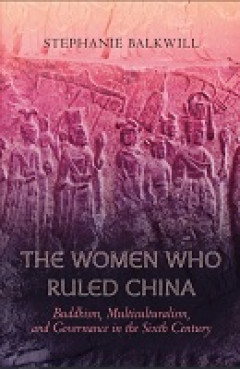
E-book The Women Who Ruled China: Buddhism, Multiculturalism, and Governance …
In the late fifth century, a girl whose name has been forgotten by history was born at the edge of the Chinese empire. By the time of her death, she had transformed herself into Empress Dowager Ling, one of the most powerful politicians of her age and one of the first of many Buddhist women to wield incredible influence in dynastic East Asia. In this book, Stephanie Balkwill documents the Empre…
- Edisi
- -
- ISBN/ISSN
- 9780520401815
- Deskripsi Fisik
- 262 halaman
- Judul Seri
- -
- No. Panggil
- 951 BAL t

E-book Bandits in Print : "The Water Margin" and the Transformations of the C…
The traditional long-form novel, as devel-oped in late Ming China, could be endlessly reshaped and repackaged. Its text could be freely altered. Commentaries could be added to its chapters, whether at their beginnings, at their ends, or even interpo-lated into the text itself, in order to assist less-experienced readers or to provide interpretations. Prefaces could be…
- Edisi
- -
- ISBN/ISSN
- 9781501769214
- Deskripsi Fisik
- 192 hlm
- Judul Seri
- -
- No. Panggil
- 931 GRE b
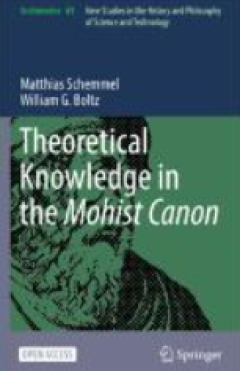
E-book Theoretical Knowledge in the Mohist Canon
Anyone undertaking a long-term historical study of any particular field of human activity is confronted with the difficulty that the contents and boundaries of that field are inevitably fluid and change over time. The historical study of science is no exception to this. Is it possible to conceptualize science broadly enough to include what has traditionally been considered sci…
- Edisi
- -
- ISBN/ISSN
- 9783031087974
- Deskripsi Fisik
- 215 hlm
- Judul Seri
- -
- No. Panggil
- 931 SCH t
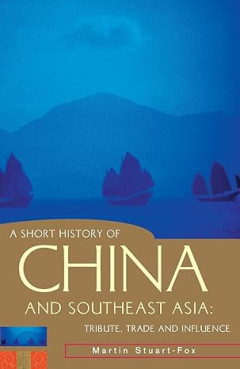
E-book A Short History of China and Southeast Asia: Tribute, Trade and Influence
This informative but concise history of China and Southeast Asia is perfect for travelers, students, teachers, and businesspeople. Portable and attractively designed, it includes color illustrations, maps, and a brief history of the region. Explored are relations between China and Southeast Asia across two millennia; patterns of diplomacy, commercial networks, and migration; and how these have …
- Edisi
- -
- ISBN/ISSN
- 9781864489545
- Deskripsi Fisik
- 289 halaman
- Judul Seri
- -
- No. Panggil
- 931 STU a
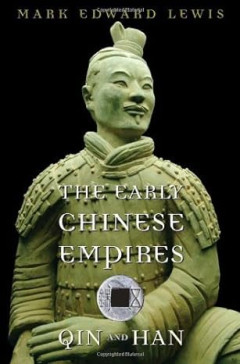
E-book The Early Chinese Empires: Qin and Han
In 221 B.C. the First Emperor of Qin unified what would become the heart of a Chinese empire whose major features would endure for two millennia. In the first of a six-volume series on the history of imperial China, Lewis highlights the key challenges facing the court officials and scholars who set about governing an empire of such scale and diversity.
- Edisi
- -
- ISBN/ISSN
- 9780674057340
- Deskripsi Fisik
- 334 halaman
- Judul Seri
- -
- No. Panggil
- 931 LEW t
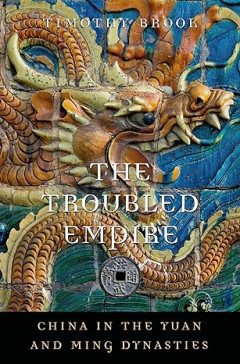
E-book The Troubled Empire: China in the Yuan and Ming Dynasties
"The Mongol takeover in the 1270s changed the course of Chinese history. The Confucian empire—a millennium and a half in the making—was suddenly thrust under foreign occupation. What China had been before its reunification as the Yuan dynasty in 1279 was no longer what it would be in the future. Four centuries later, another wave of steppe invaders would replace the Ming dynasty with yet an…
- Edisi
- -
- ISBN/ISSN
- B00IZ99M4S
- Deskripsi Fisik
- 336 halaman
- Judul Seri
- -
- No. Panggil
- 951 BRO t
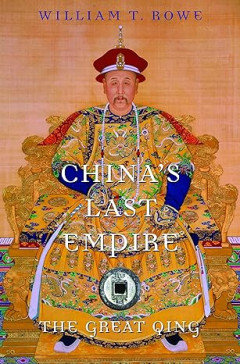
E-book China's Last Empire: The Great Qing
In a brisk revisionist history, William Rowe challenges the standard narrative of Qing China as a decadent, inward-looking state that failed to keep pace with the modern West. The Great Qing was the second major Chinese empire ruled by foreigners. Three strong Manchu emperors worked diligently to secure an alliance with the conquered Ming gentry, though many of their social edicts—especial…
- Edisi
- -
- ISBN/ISSN
- 9780674066243
- Deskripsi Fisik
- 369 halaman
- Judul Seri
- -
- No. Panggil
- 931 ROW c
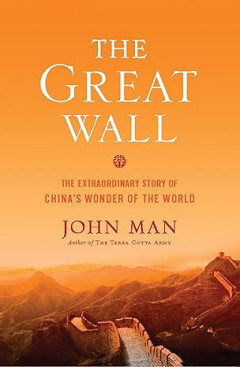
E-book The Great Wall: The Extraordinary Story of China's Wonder of the World
The Great Wall of China is a wonder of the world. Every year, hundreds of thousands of tourists take the five-mile journey from Beijing to climb its battlements. While myriad photographs have made this extraordinary landmark familiar to millions more, its story remains mysterious and steeped in myth. In this riveting account, John Man travels the entire length of the Great Wall and across two m…
- Edisi
- -
- ISBN/ISSN
- B001NRNIP8
- Deskripsi Fisik
- 349 halaman
- Judul Seri
- -
- No. Panggil
- 931 MAN t
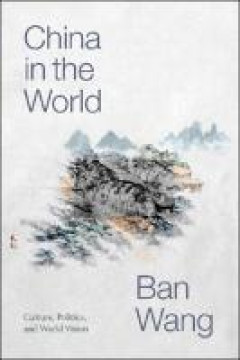
E-book China in the World: Culture, Politics, and World Vision
Ban Wang traces the shifting concept of the Chinese state from the late nineteenth century to the present, showing how the Confucian notion of tianxia—“all under heaven”—influences China’s dedication to contributing to and exchanging with a common world.
- Edisi
- -
- ISBN/ISSN
- 9781478092452
- Deskripsi Fisik
- 228 halaman
- Judul Seri
- -
- No. Panggil
- 951 WAN c
E-book Dynasties of China
The clay army stood in silent formation, guarding the tomb of the first emperor of China. Alert and ready for battle, they were to protect the emperor from evil spirits and robbers. If a robber did manage to break in, he might not escape in one piece—the clay army surrounded the tomb. Over seven hundred thousand workers built the first emperor’s tomb and created his army of clay. And it too…
- Edisi
- -
- ISBN/ISSN
- -
- Deskripsi Fisik
- 90 hlm
- Judul Seri
- -
- No. Panggil
- 931 COR d
 Karya Umum
Karya Umum  Filsafat
Filsafat  Agama
Agama  Ilmu-ilmu Sosial
Ilmu-ilmu Sosial  Bahasa
Bahasa  Ilmu-ilmu Murni
Ilmu-ilmu Murni  Ilmu-ilmu Terapan
Ilmu-ilmu Terapan  Kesenian, Hiburan, dan Olahraga
Kesenian, Hiburan, dan Olahraga  Kesusastraan
Kesusastraan  Geografi dan Sejarah
Geografi dan Sejarah